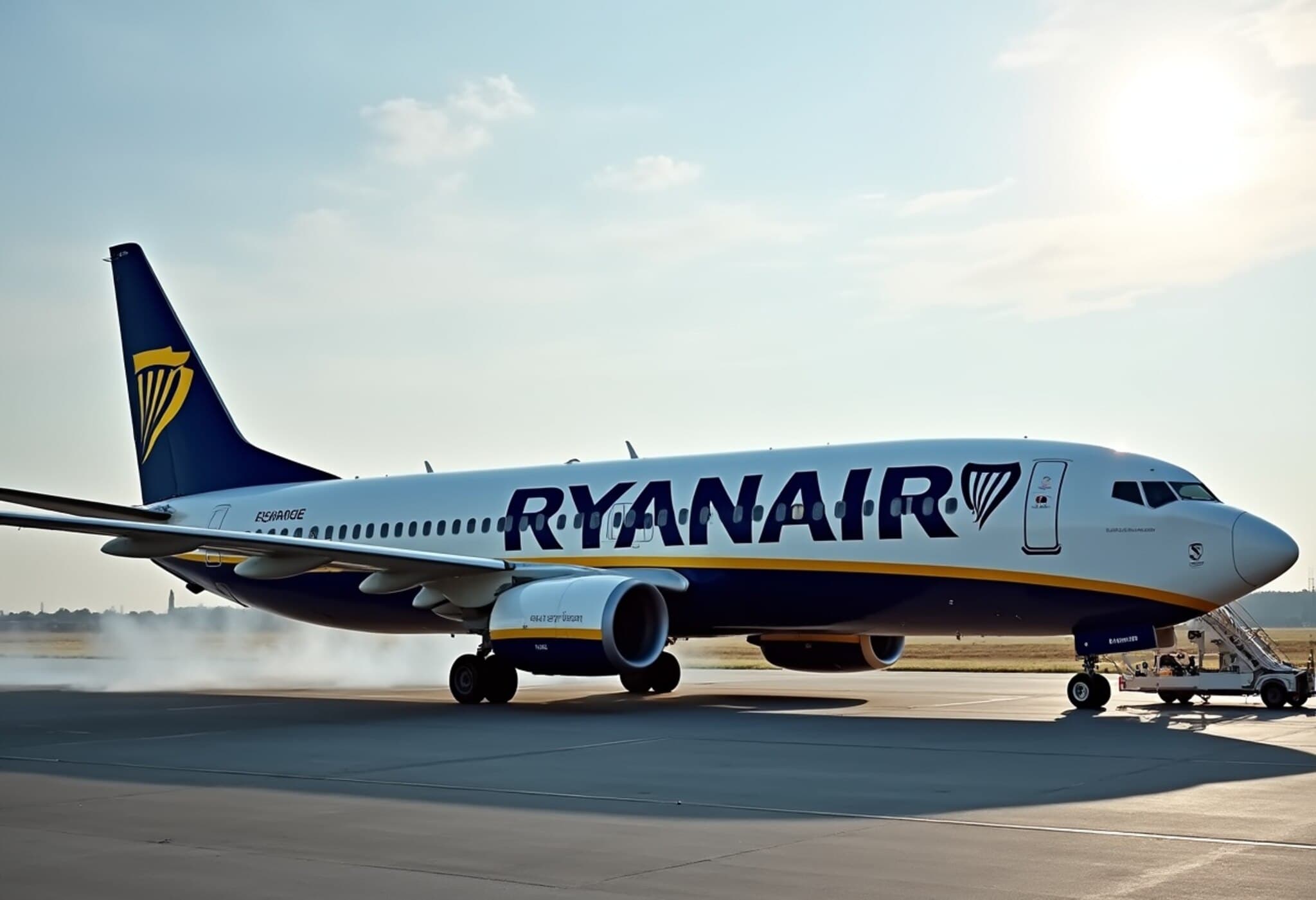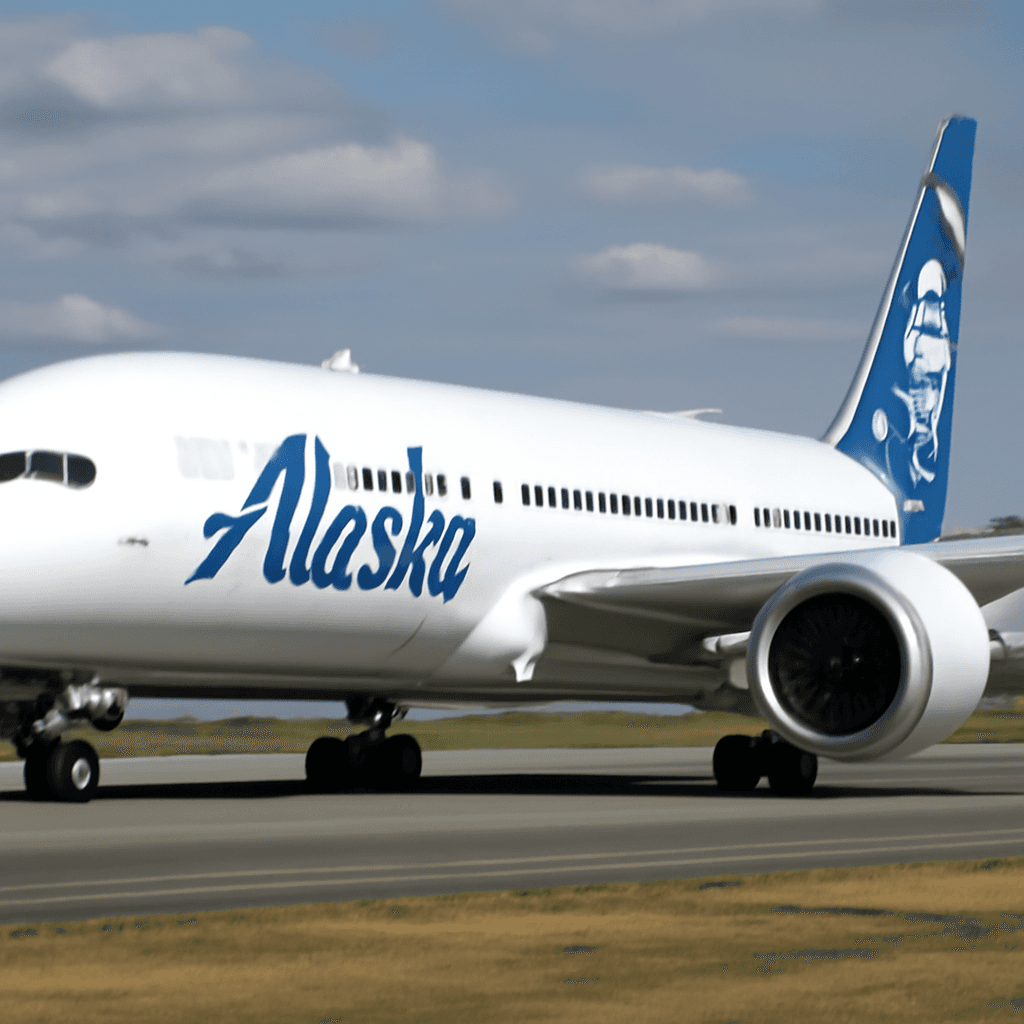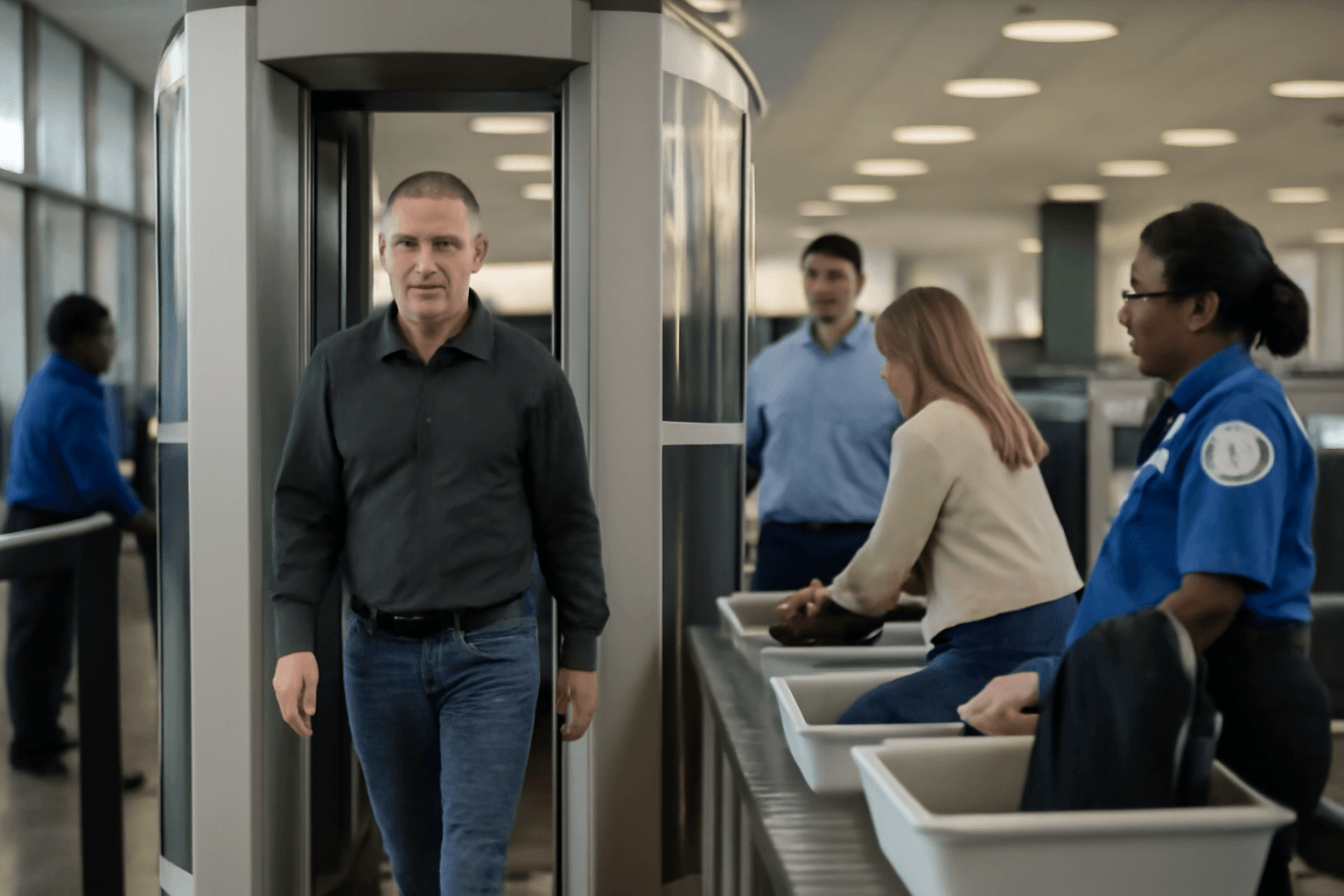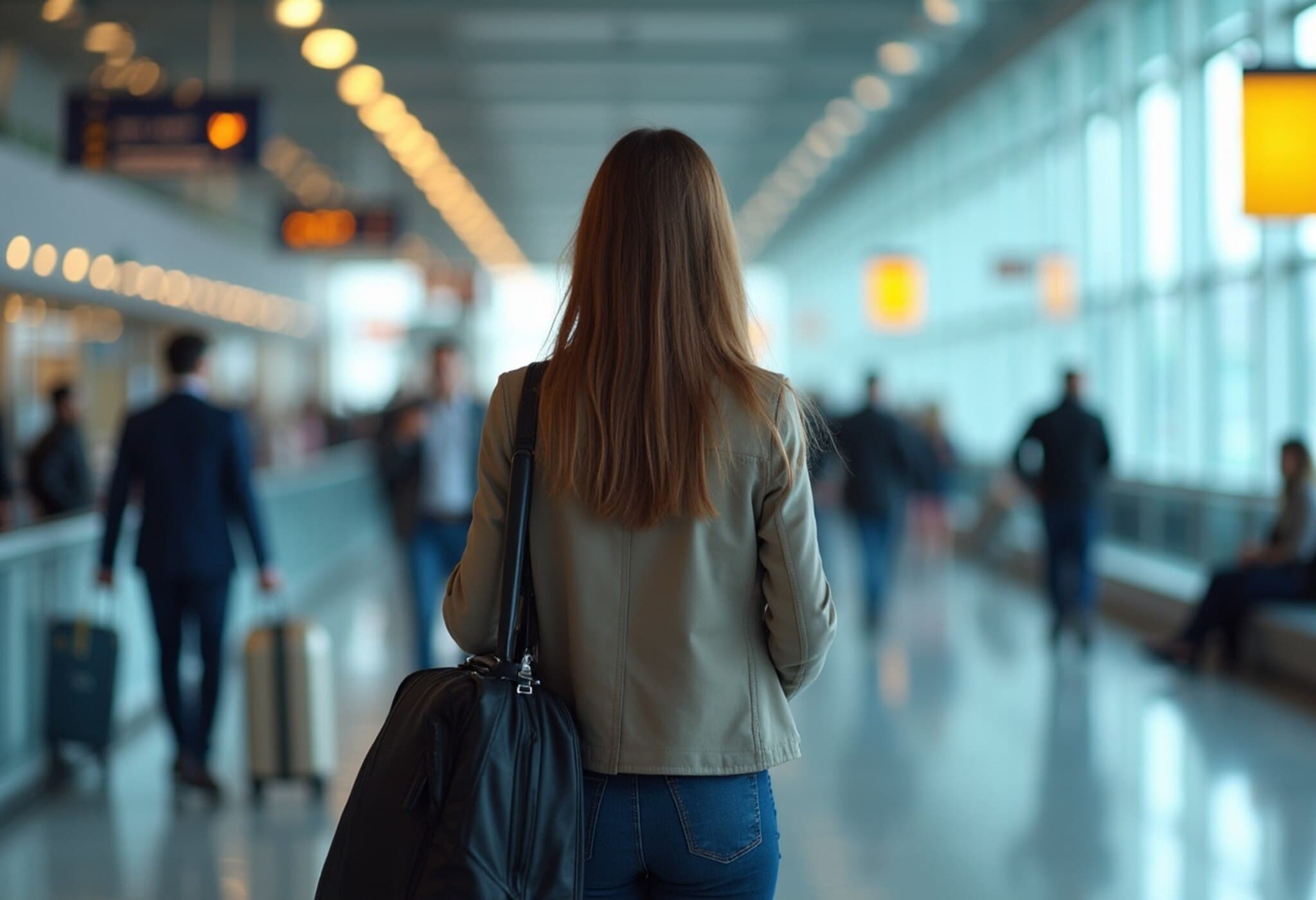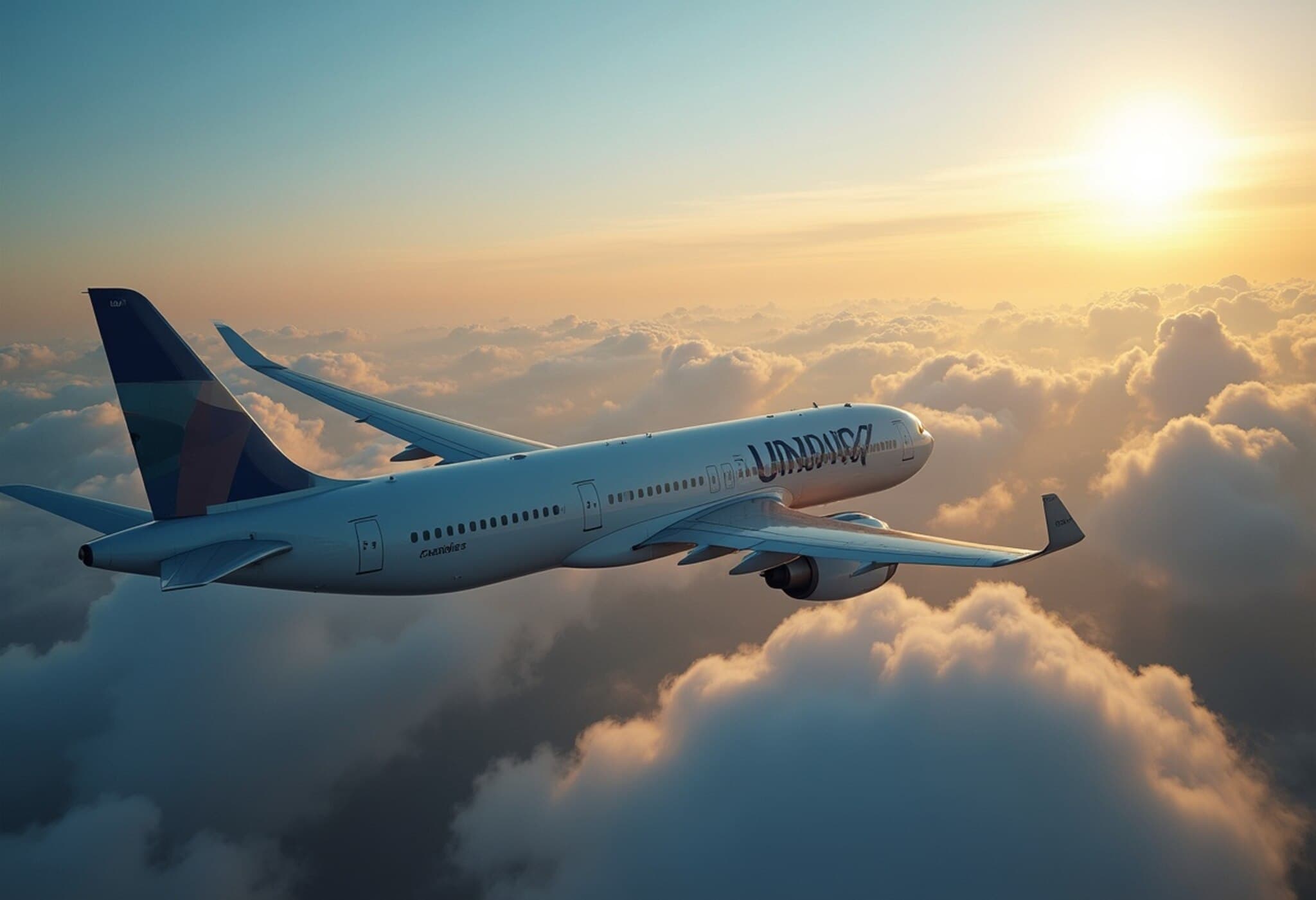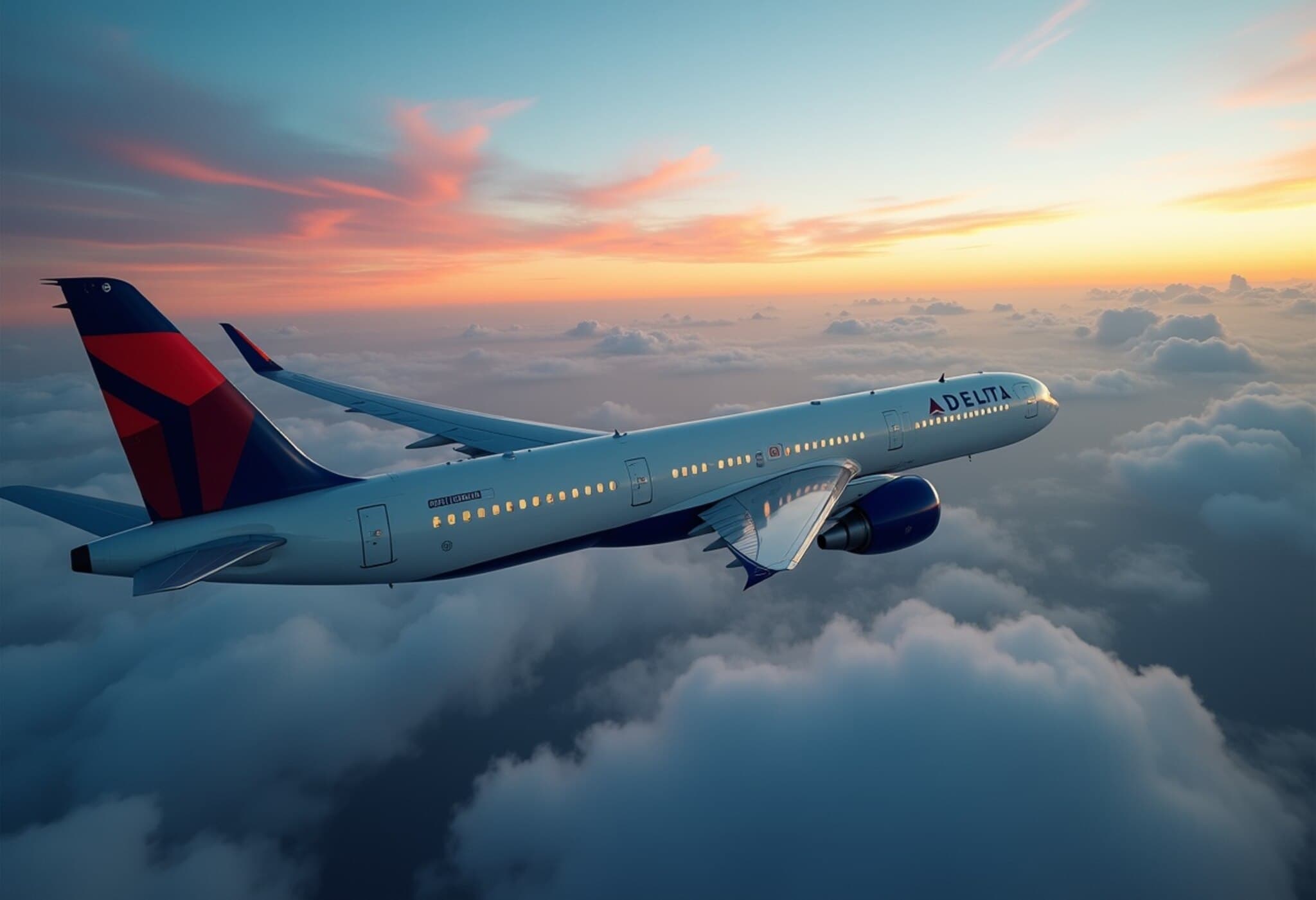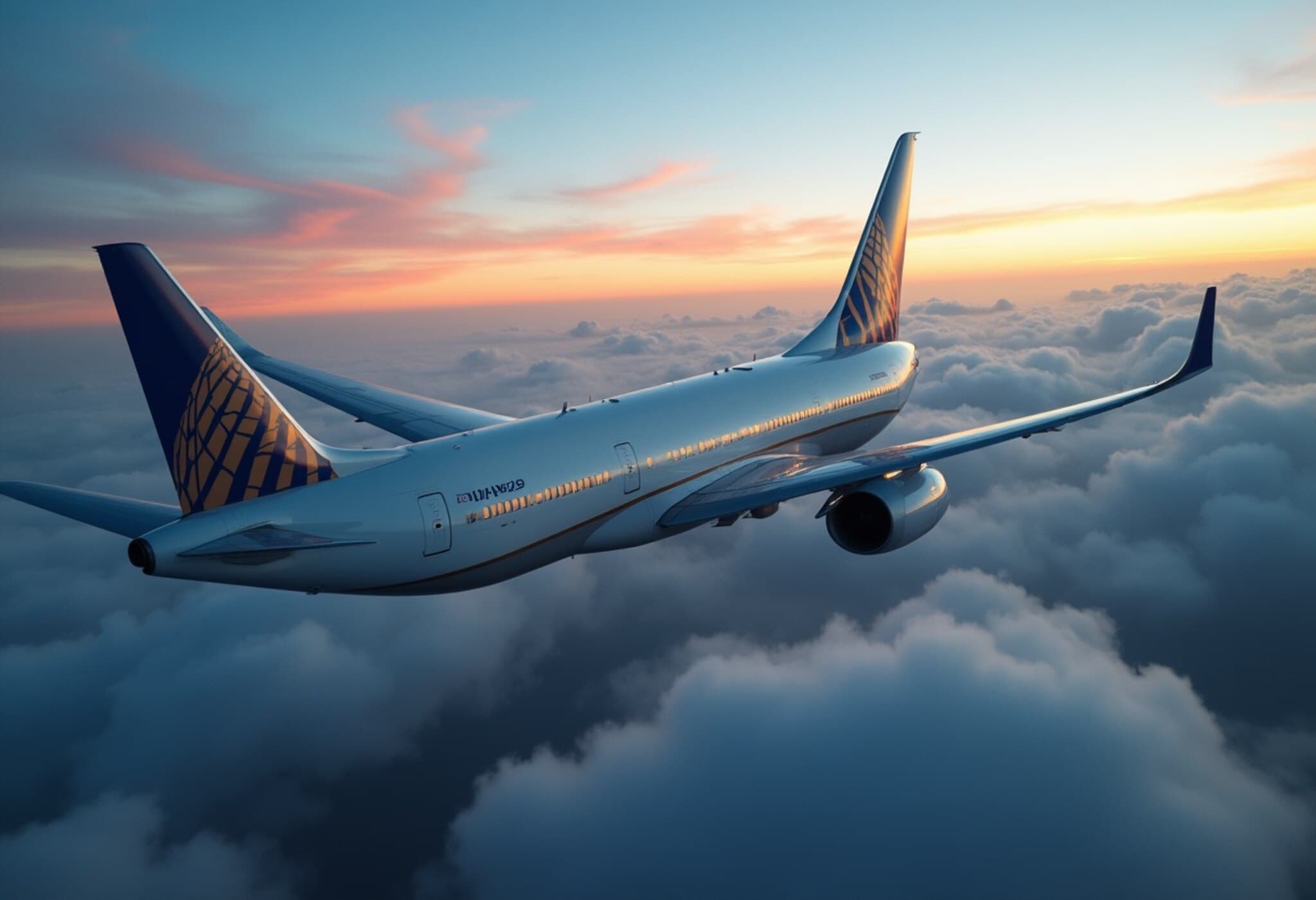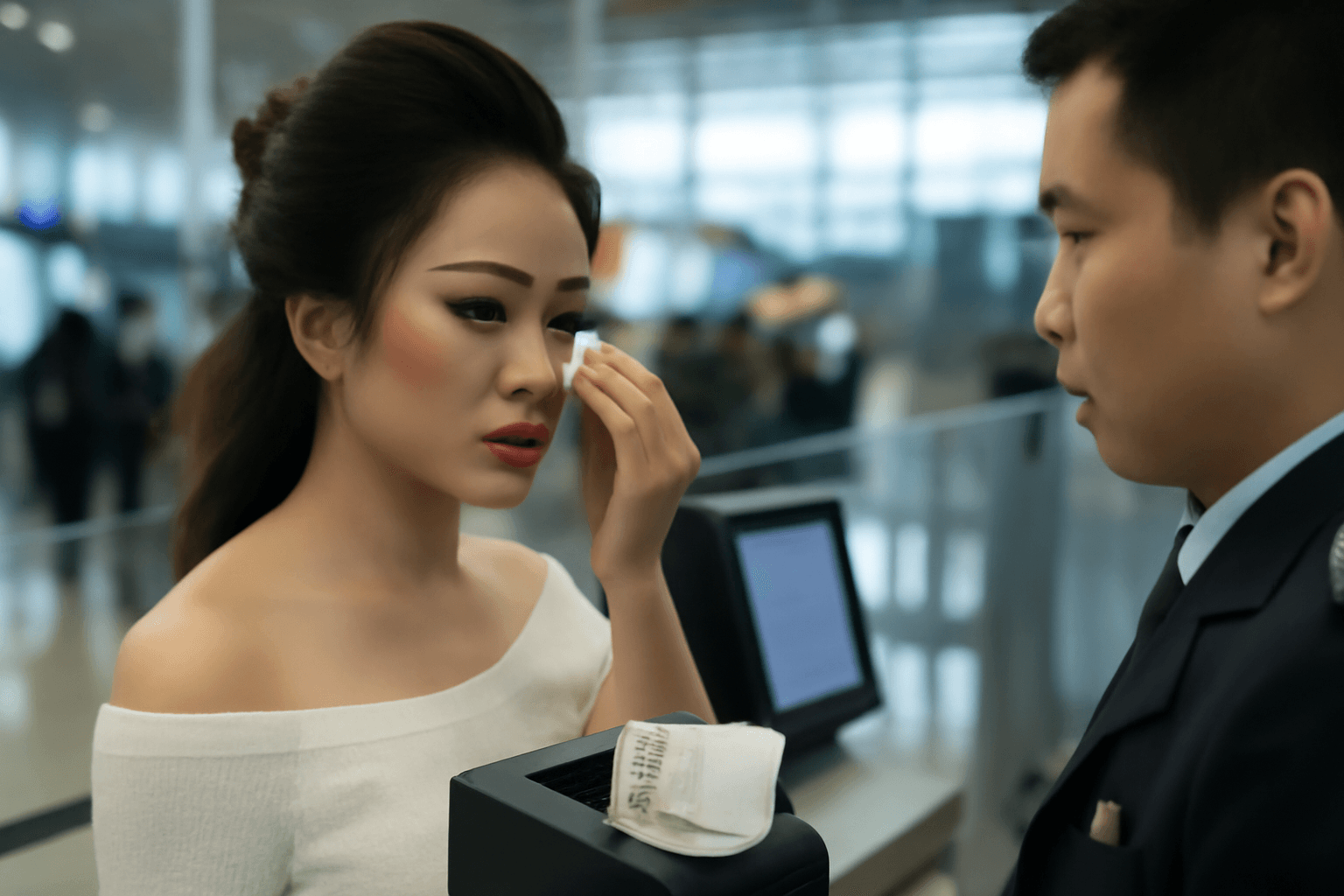US Airports Eye Revisions to Liquid Carry-On Policies After Dropping Shoe Removal
After the Transportation Security Administration (TSA) phased out the much-discussed shoe removal requirement last month, the United States is now gearing up for further shifts in airport security protocols. Homeland Security Secretary Kristi Noem recently hinted at potential adjustments to the liquid limits passengers can bring onto planes, suggesting a fresh wave of airport security reforms may be on the horizon.
Rethinking Liquids: What Might Change?
During a recent press conference, Secretary Noem noted ongoing evaluations of the TSA’s layered screening processes, emphasizing that the agency may soon announce revised guidelines concerning carry-on liquid sizes. "The liquids, I’m questioning. So that may be the next big announcement is what size your liquids need to be," Noem remarked, signaling possible relief for travelers weary of strict liquid restrictions.
However, specifics about the extent of these possible changes or their implementation timelines remain under wraps, leaving passengers and industry insiders eager for clarity.
Understanding Current TSA Liquid Regulations
Presently, TSA rules allow travelers to bring liquids in containers of no more than 3.4 ounces (100 milliliters) into the cabin, provided all are placed within a single quart-sized, clear, resealable plastic bag. Larger quantities must be checked unless they fall under exceptions like medications or baby formula.
This rule, often a source of frustration for passengers, has stood as a cornerstone of TSA's multilayered security strategy to balance safety with efficiency.
From Shoes to Scanners: Envisioning the Future of Airport Travel
Noem’s recent move to scrap mandatory shoe removal was based on a successful pilot program demonstrating that advanced scanning equipment can maintain security without this time-consuming step. Highlighting a vision for a streamlined airport experience, she expressed hopes for a future where passengers can simply walk through a scanner with their carry-ons and head directly to their gates within a minute.
This vision aligns with broader efforts across the aviation sector to enhance traveler convenience while upholding rigorous safety standards, especially as passenger volumes rebound post-pandemic.
Expert Insight: What This Means for Travelers and Security Policy
From a policy perspective, these potential changes reflect the TSA’s willingness to embrace technology and data-driven approaches to security. Relaxed liquid restrictions could reduce bottlenecks at security checkpoints, improving passenger satisfaction and operational efficiency.
Yet, this evolution prompts critical questions about balancing security risks and passenger convenience amid evolving threats. Industry experts caution that policy shifts must be accompanied by robust technological safeguards and continuous risk assessment.
- Travelers: May experience less hassle, quicker screenings, and clearer guidelines.
- Airports: Could see reduced congestion and enhanced flow, potentially lowering operational costs.
- Security professionals: Face the challenge of ensuring that changes do not compromise safety amidst dynamic threat landscapes.
Conclusion: A Step Toward Smarter, Safer Travel
The proposed easing of liquid restrictions, following the discontinuation of shoe removal, signals a broader modernization push within US airport security. While details remain forthcoming, these developments underscore an important shift toward leveraging advanced screening technologies to create a more passenger-friendly yet secure travel environment.
As aviation security evolves, it’s crucial to monitor how these loosening measures will interact with emerging security threats. Will technology fully offset the risks that come with relaxed liquid restrictions? And how quickly will airports nationwide adopt these anticipated changes? Stay tuned as this story unfolds and impacts millions of travelers across the US.




